VPC Lattice: yet another connectivity option or a game-changer?
12 April 2024 - 4 min. read
Damiano Giorgi
DevOps Engineer
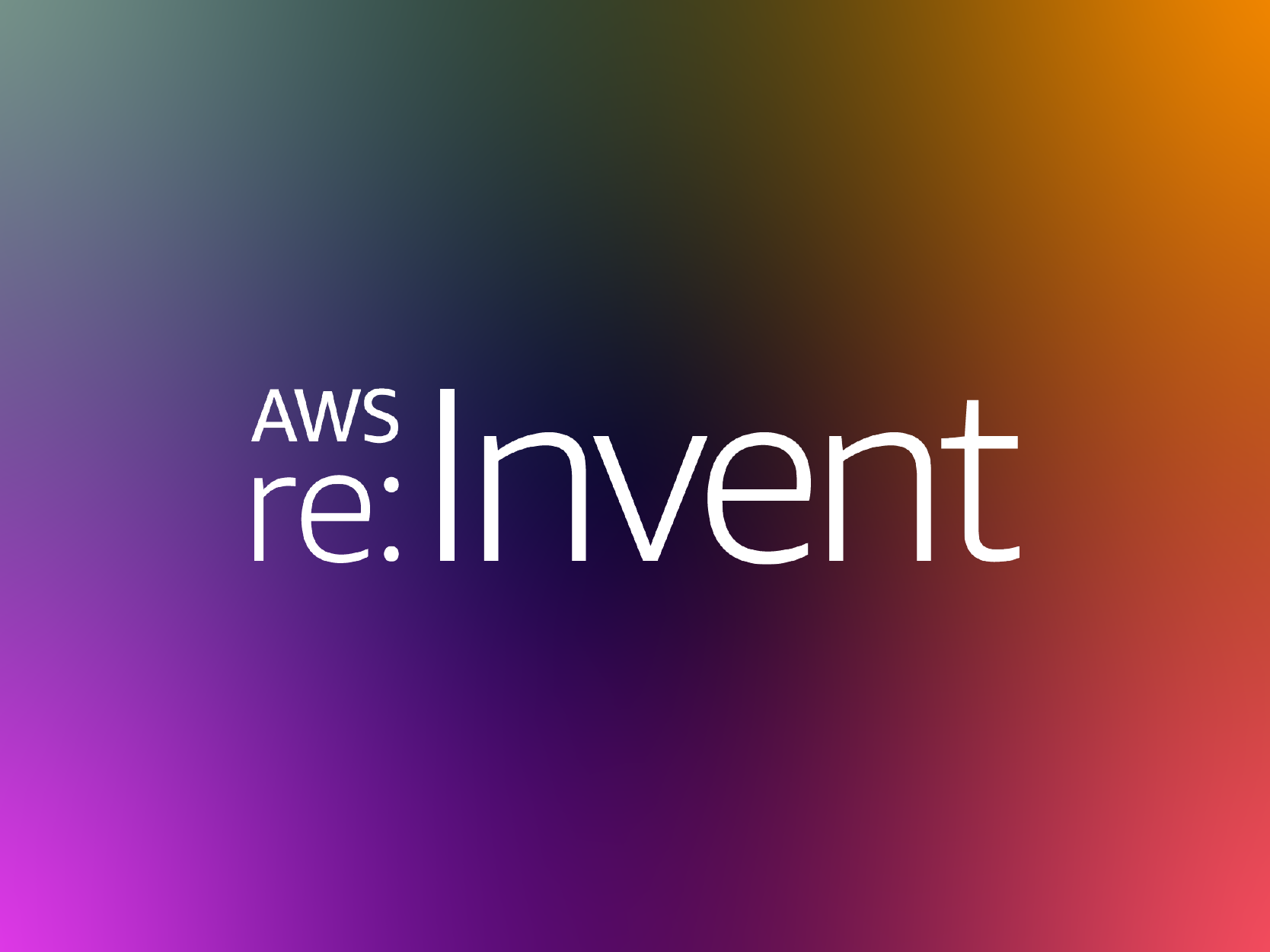
I never thought I'd miss my annual American trip to re:Invent so much. By now it had become a real tradition for me; I have not missed one for eight consecutive years, since the first edition back in 2012, so if I’m not wrong, Las Vegas is the city I have visited most in my life. (Yes, it sounds weird ...)
This year no crawl pub, no gadgets (maybe ...), no Expo Partners (in my opinion one of the most interesting moments of the conference, as you can browse the stands of hundreds of companies of the AWS ecosystem, and interact directly with them), no walking up and down the Strip - better to say running - trying to be on time for the umpteenth session of the day :-)
But the hardest thing is not being able to pop open a beer with my friends: AWS Ambassadors, the other organizers of all the AWS communities around the world, AWS people living overseas - with whom I normally only interact via e-mail - and - I know it may sound strange, but it is - all the Italian friends from the AWS world who are easier to meet in Vegas than at home!... Each of these meetings is always the source of great inspiration for me.
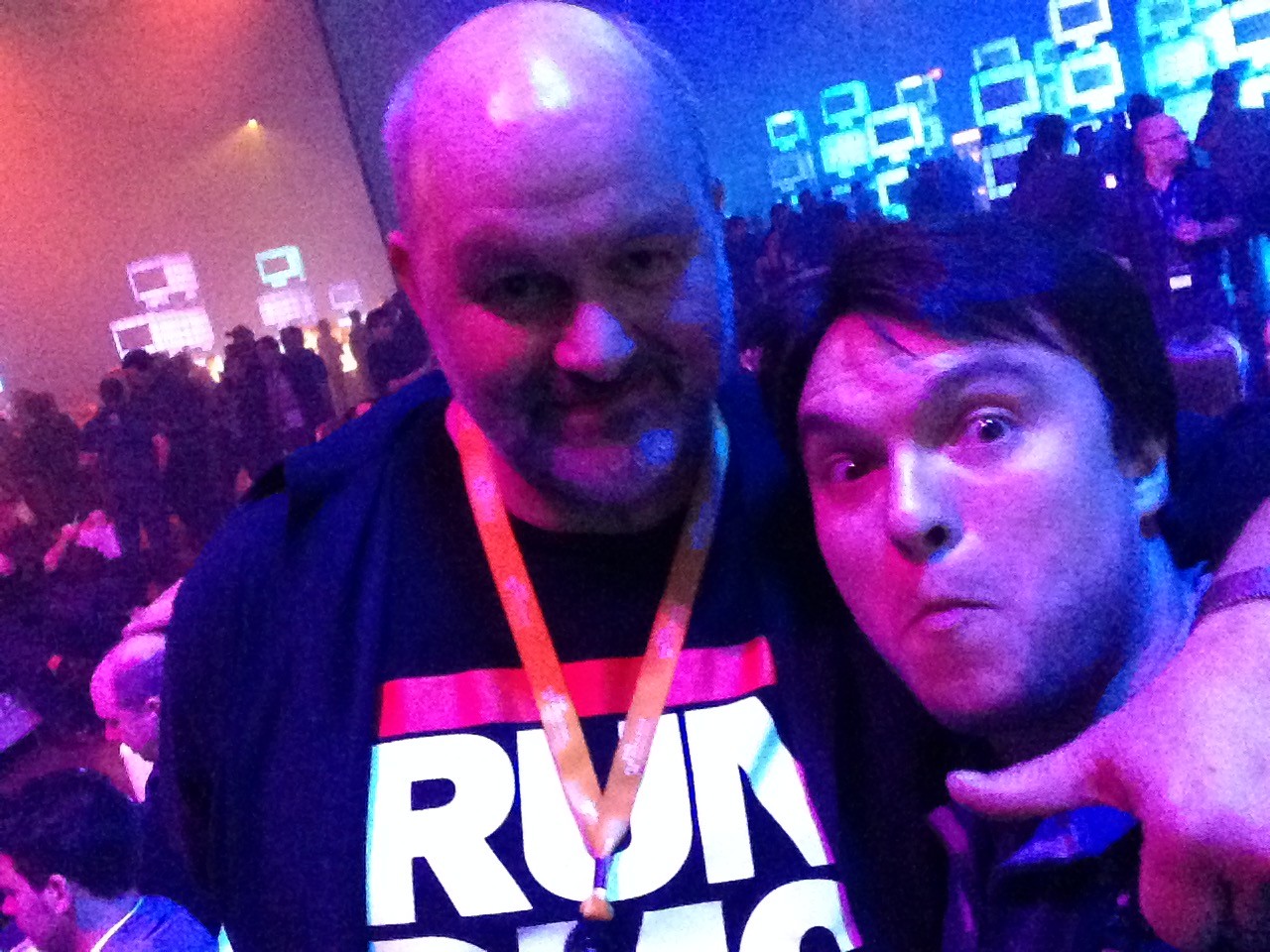
Anyway, in such a challenging time, giving up in-person events is undoubtedly the least of our problems; having said that, we hope that we can safely experience the complete magic of the re:Invent back soon.
Let's start with some general thoughts:Probably due to AWS 'choice to extend the event span from the five days we were used to, to an over three-weeks experience, this year's "full-online" edition provided us with a brand new experience. From the official AWS re:Invent website, we could access hundreds of sessions and... four Keynotes.In fact, in addition to Andy Jassy’s and Werner Vogels’ Keynotes, this year's novelties were the "promotion" of Peter Desantis' "Monday Night" to keynote and the introduction of the first-ever keynote dedicated to Machine Learning, held by Swami Sivasubramanian and frequently joined by our old friend Matt Wood as a guest. The decision to dedicate an entire keynote to Machine Learning tells itself more than any other consideration about AWS' main direction over a couple of years now and the kind of users and services the company is more interested in to push further on innovation in the near future. (It is always good to remind however that most of AWS incomes still come from the service EC2 and, more in general, from IaaS services... but, you know, all this stuff has been sounding stale in Silicon Valley for at least five years...).
It was quite challenging for me to follow the conference in this new format. It is not easy to keep the enthusiasm and attention high for three weeks in a row, especially if you are not in a physical place together with 60,000 other nerds specifically for the event and you are attending directly from your desk or sofa. Moreover, there is no jet lag acting as a "natural" shield against everyday work distractions, and the temptation to search for the repeat or the youtube recording arises. (And that will be another bookmark among the bookmarks to sessions of the re:Invent from three years ago that I never found the time to watch...)
Anyway, this year online re: Invent was also an opportunity to experience new things like Zoom joint sessions through which some historical exponents of the Italian AWS community and I offered an Italian real time comment of all the four Keynotes. Even if we all were at the very first experience with live comments over such an important event, the initiative had a good success: several people chose to follow the Keynotes with us instead of on the official event portal. I must say that it was a lot of fun. Maybe it is something we can repeat in the future…

Nearly 150 new services and features of already existing services have been announced during this year’s re:Invent and, with three weeks available, the web has already been populated everywhere with plenty of summaries; some are good, others less so. What I am going to do, instead, is to share some personal thoughts about the announcements that have impressed and interested me the most - maybe not the most "popular" ones - and on how much they’re going to impact the evolution of the AWS world in the near future.
I am an “infrastructure man”. Although “infrastructure” is now considered one of the less "sexy" topics when speaking about Cloud when compared to more "cool" things like serverless, machine learning, or IoT, this theme remains one of the topics that fascinates me the most. Therefore let's start right from here.
The AWS hybrid cloud approach (very well described by Andy Jassy in this interview) strongly differs from the one offered by competitors: with Outpost, the local hardware (provided on loan for use by AWS itself) becomes a real commodity. All the value moves to the AWS control plane (console, CLI, API) with which you are able to manage the on-premise infrastructure as a special case (special AZ) of your Cloud infrastructure. This philosophy is reinforced by the launch of the new "small form factor" Outpost with 1 and 2 rack units. Even if we don’t have any official specific information, it probably because of the prize and size, that it is meant to be more suitable to meet also heterogeneous hybrid contexts needs. (As an example, during his keynote Andy Jassy mentioned "small form factor" Outpost installations in restaurants!) From now on, the Cloud is no longer considered as an extension of the local data center, but a proximity computing (well represented also by the new Local Zones announced and by the Wavelenght installations, all based on Outpost technology) as the edge case of a Cloud-first infrastructure, all with the AWS control plane - the real added and differentiating value - acting as glue. Game, set, and match.
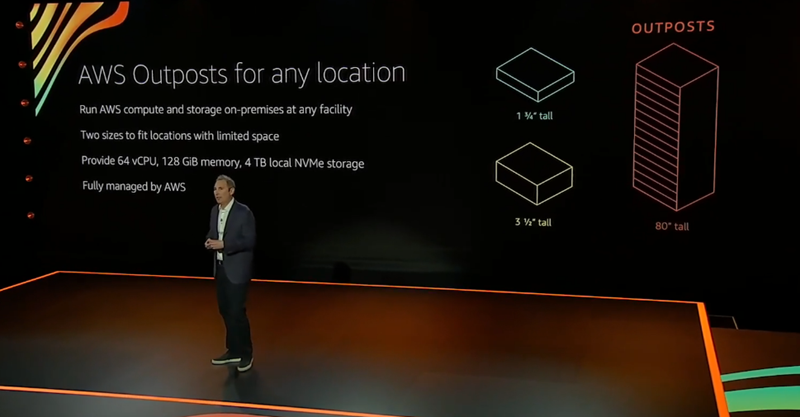
Still speaking about Infrastructure, I was pleasantly surprised by the announcement of the EC2 Mac for MacOS instances. Technologically speaking there is nothing revolutionary - although I would be very curious to understand the details of the interface between the Nitro System and the Mac Mini, as it entirely happens via Thunderbolt 3 without - apparently - modifying the hardware (and the firmware?) Of the Mac: for licensing reasons MacOS cannot be virtualized on non-Apple hardware (and apparently not even AWS has been able to make Apple make an exception) and therefore the service is little more than a "colocation" of Mac Mini, managed through the AWS console. The service we tried, is however a bit "immature" and suffers from some intrinsic limitations; as the MacOS Big Sur license (even if EC2 Mac still mount Catalina) provides for the possibility of renting for no less than 24 hours continuously, this makes the current pricing not compatible with most of the use cases, typically "spot" use cases. That said, the ability to use Apple systems on AWS still opens up a lot of possibilities for iOS / MacOS developers, who until now were forced to manually integrate CI / CD pipelines in order to build and notarize applications on the hardware. This is an important gap finally filled in terms of development ecosystem completeness. We hope to see seamless integration with CodeBuild soon.
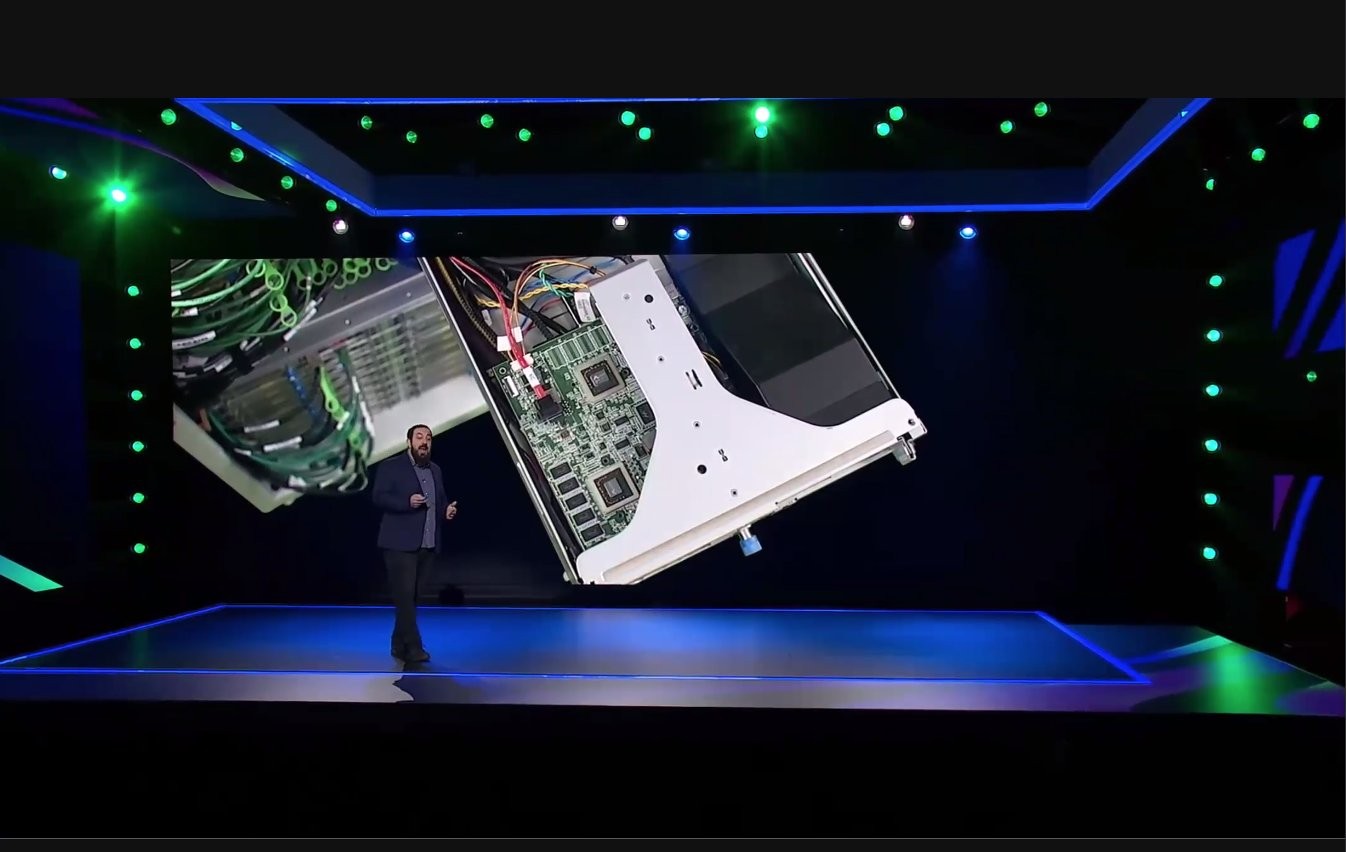
Still in the infrastructure field, an overall evolution of the storage subsystem thanks to which the new generation EBS(gp3) volumes, together with extremely significant performance increases for the io2 type EBS volumes were announced is worthy of note. This is a move that seeks to fill the performance gap with high-end SAN-based storage, for critical applications from the I / O point of view (obviously in enterprise contexts).
I was instead negatively surprised by the non-announcement of “Graviton 3”. Let me explain: Graviton 2 is a very interesting CPU and now it is starting to express its full potential. However, given the incredible speed of evolution of the ARM architecture compared to its x86 counterpart, compared to which it is becoming a more and more credible alternative for an ever-increasing number of workloads and combined with Amazon's great expertise in proprietary silicon design (thanks to controlled Annapurna Labs), I would have expected a further evolutionary step. Probably most of the work on custom silicon this year was done on Trainium, the chip dedicated to training machine learning models.

Machine Learning was definitely the leading topic of the whole event - together with the IoT world - with a huge amount of news announced. In particular, I was struck by the interaction of these two worlds well explained through the announcement of Amazon Monitron and Amazon Lookout for Equipment. With these new services, AWS heavily winks both at the manufacturing world and at all "Industry 4.0" projects, trying to make predictive maintenance and anomaly detection simple and accessible.
Machine Learning has also been the common theme taking AWS to evolve existing services and to add new features, for example in the database area with Amazon Redshift ML (for Redshift itself a lot of news and improvements have been announced!), or in the DevOps field with Amazon DevOps Guru that promises to improve the reliability of infrastructures through operations assisted by Machine Learning. This mechanism can be considered as the other side of the MLOps paradigm. How can we name it? Maybe "Ops ML"? (disclaimer: no SEO expert has been mistreated while writing this sentence)
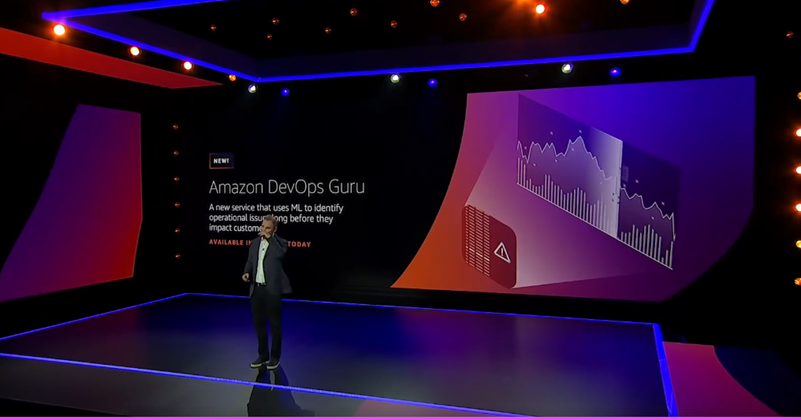
Great announcements also on Lambda: billing with millisecond granularity, much more "bodywork" functions (up to 10GB of memory and 6 vCPUs), and the ability to deploy Docker container directly inside the Lambda functions! All these features remove a series of limitations existing in the serverless platform when compared to "serverfull" computing, making it more suitable for specific workloads (for example - well look at that - machine learning), and, above all, they make me extremely curious about how dangerous can be to make a bad use of them ;-)
A final mention to two (of the very few) services announced during the Keynote by Werner Vogels, AWS Fault Injection Simulator, probably the first of a long series of managed services designed for the implementation of the Chaos Engineering - a concept brought to the by Netflix in the last decade - and headlines AWS CloudShell, a simple but incredibly useful service. This last service is for sure one of the most awaited ever, as the competitors already had it for some time (and even with the same name!) But I’m going to keep this secret with Werner ;-)
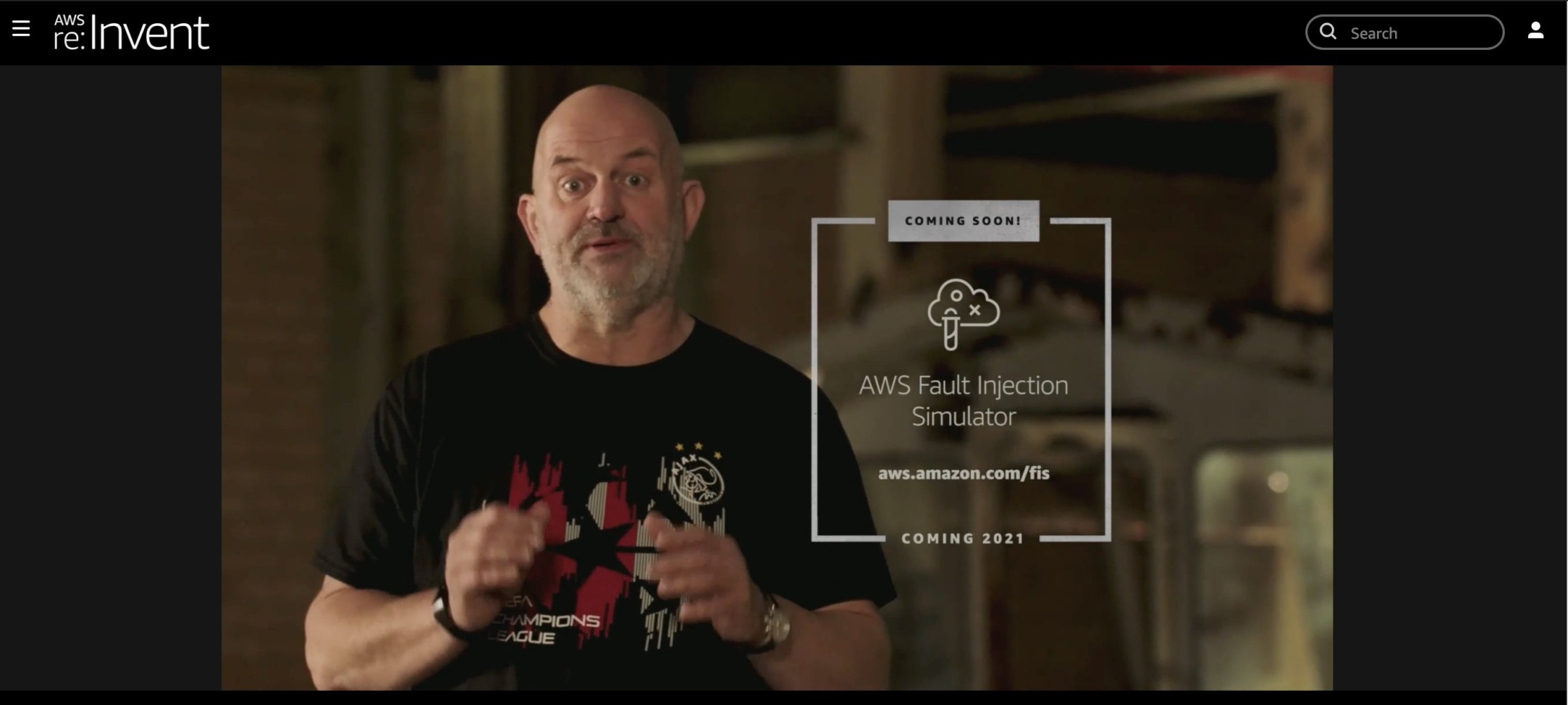
There would be dozens of other interesting announcements to consider and to comment on ... but - fortunately, I dare say - that’s all for 2020. We look forward to seeing you in 2021 on our blog #Proud2beCloud and - we hope - also in person to chat about Cloud over a coffee.
Merry Christmas everyone!